Business Communication Process And Product 7th Edition By Mary Ellen Guffey – Test Bank
Chapter 11—Report and Research Basics
MULTIPLE CHOICE
1. Which of the following statements about business reports is most accurate?
a. The larger an organization, the more vital the exchange and flow of information becomes.
b. Reports are prepared for internal readers, not external readers.
c. To be considered a business report, a document must be at least ten pages long.
d. Reports are more common in high-context cultures than in low-context cultures.
ANS: A
PTS: 1 DIF: 3 REF: p. 337 OBJ: 11-1
NAT: AACSB: Tier 1 – Communication | AACSB: Tier 2 – Patterns | AACSB: Tier 1 – Diversity | AACSB: Tier 2 – Contexts | AACSB: Tier 1 – Reflective thinking | AACSB: Tier 2 – Conclusion
TOP: Understanding Report Essentials TYP: Conceptual
2. What is the purpose of business reports?
a. To convey information
b. To answer questions
c. To solve problems
d. To do all of these
ANS: C
PTS: 1 DIF: 3 REF: p. 338 OBJ: 11-1
NAT: AACSB: Tier 1 – Communication | AACSB: Tier 2 – Patterns, Purpose | AACSB: Tier 1 – Reflective thinking | AACSB: Tier 2 – Conclusion
TOP: Understanding Report Essentials TYP: Conceptual
3. Which of the following reports is an example of an informational report?
a. A report that recommends one of three candidates for a sales manager position
b. A report that compares four sites for a new bookstore location and recommends one
c. A report showing how a company has complied with SEC regulations
d. A report that presents several alternatives for decreasing employee absenteeism, including recommendations for the best solution
ANS: C
PTS: 1 DIF: 5 REF: p. 338 OBJ: 11-1
NAT: AACSB: Tier 1 – Communication | AACSB: Tier 2 – Patterns, Purpose | AACSB: Tier 1 – Reflective thinking | AACSB: Tier 2 – Analysis, Conclusion
TOP: Understanding Report Essentials TYP: Application
4. Which of the following reports is an example of an analytical report?
a. A report giving the details about a training workshop attended
b. A report showing that a public company is in compliance with IRS regulations
c. A report describing the new company dress code
d. A report recommending one of four building alarm systems
ANS: D
PTS: 1 DIF: 5 REF: p. 338 OBJ: 11-1
NAT: AACSB: Tier 1 – Communication | AACSB: Tier 2 – Patterns, Purpose | AACSB: Tier 1 – Reflective thinking | AACSB: Tier 2 – Analysis, Conclusion
TOP: Understanding Report Essentials TYP: Application
5. In which of the following situations should the direct pattern of organization be used for a business report?
a. When readers must be persuaded
b. When readers are unfamiliar with the problem
c. When readers may be disappointed or hostile toward the report’s findings
d. When readers are familiar with the topic
ANS: D
PTS: 1 DIF: 3 REF: p. 338-339 OBJ: 11-1
NAT: AACSB: Tier 1 – Communication | AACSB: Tier 2 – Patterns, Purpose, Audience | AACSB: Tier 1 – Reflective thinking | AACSB: Tier 2 – Receiver reactions, Conclusion
TOP: Understanding Report Essentials TYP: Conceptual
6. In which of the following situations should the indirect pattern of organization be used for a business report?
a. When readers are familiar with the topic
b. When readers must be educated about the topic
c. When readers are supportive of the topic
d. The indirect method should be used in all of these cases.
ANS: B
PTS: 1 DIF: 3 REF: p. 339 OBJ: 11-1
NAT: AACSB: Tier 1 – Communication | AACSB: Tier 2 – Patterns, Purpose, Audience | AACSB: Tier 1 – Reflective thinking | AACSB: Tier 2 – Receiver reactions, Conclusion
TOP: Understanding Report Basics TYP: Conceptual
7. An indirectly organized analytical report might follow which outline?
a. Introduction/Background, Facts/Findings, Summary
b. Introduction/Problem, Facts/Findings, Discussion/Analysis, Conclusions/Recommendations
c. Introduction/Problem, Conclusions/Recommendations, Facts/Findings, Discussion/Analysis
d. Introduction/Problem, Conclusions/Recommendations, Discussion/Analysis, Facts/Findings
ANS: B
PTS: 1 DIF: 3 REF: p. 339 OBJ: 11-1
NAT: AACSB: Tier 1 – Communication | AACSB: Tier 2 – Patterns, Purpose | AACSB: Tier 1 – Reflective thinking | AACSB: Tier 2 – Conclusion
TOP: Understanding Report Essentials TYP: Conceptual
8. A directly organized informational report might follow which outline?
a. Introduction/Background, Facts/Findings, Summary
b. Introduction/Problem, Facts/Findings, Discussion/Analysis, Conclusions/Recommendations
c. Introduction/Problem, Conclusions/Recommendations, Facts/Findings, Discussion/Analysis
d. Introduction/Problem, Conclusions/Recommendations, Discussion
ANS: A
PTS: 1 DIF: 3 REF: p. 339 OBJ: 11-1
NAT: AACSB: Tier 1 – Communication | AACSB: Tier 2 – Patterns, Purpose | AACSB: Tier 1 – Reflective thinking | AACSB: Tier 2 – Conclusion
TOP: Understanding Report Essentials TYP: Conceptual
9. Which of the following reports would most likely be written using an informal writing style?
a. A thesis submitted by a PhD student
b. A research report about consumer trends written by a consultant for her client
c. A summary report written to your supervisor about a conference you attended
d. A business proposal written to secure a contract with a governmental agency
ANS: C
PTS: 1 DIF: 5 REF: p. 339 | p. 343
OBJ: 11-1
NAT: AACSB: Tier 1 – Communication | AACSB: Tier 2 – Patterns, Purpose, Audience | AACSB: Tier 1 – Reflective thinking | AACSB: Tier 2 – Analysis, Conclusion
TOP: Understanding Report Essentials TYP: Application
10. You must write a business report for a client and want to use a formal writing style. Which of the following should you do?
a. Emphasize active-voice verbs.
b. Avoid including your own opinions and perceptions.
c. Use first-person pronouns.
d. Use contractions.
ANS: B
PTS: 1 DIF: 5 REF: p. 343 OBJ: 11-1
NAT: AACSB: Tier 1 – Communication | AACSB: Tier 2 – Patterns, Purpose, Rhetorical considerations | AACSB: Tier 1 – Reflective thinking | AACSB: Tier 2 – Analysis, Conclusion
TOP: Understanding Report Essentials TYP: Application


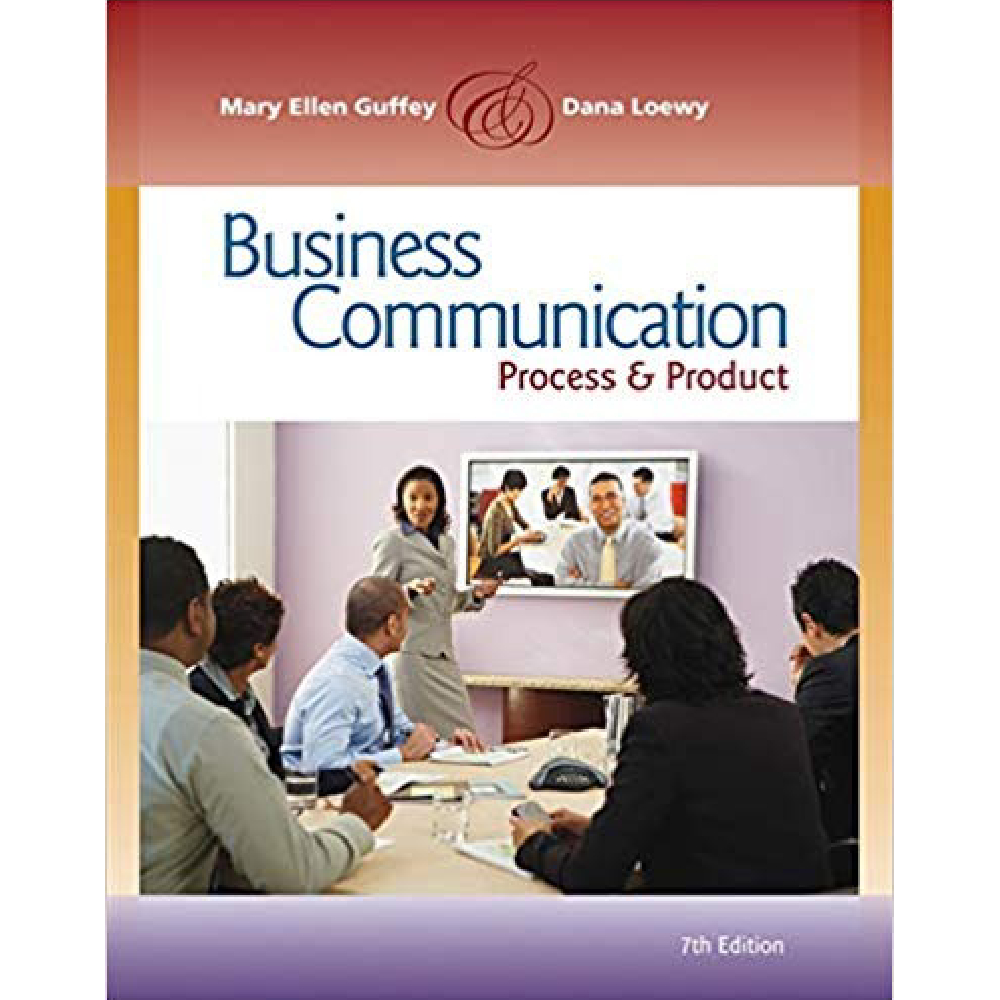


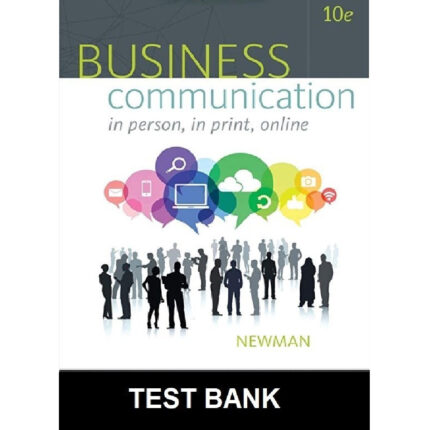
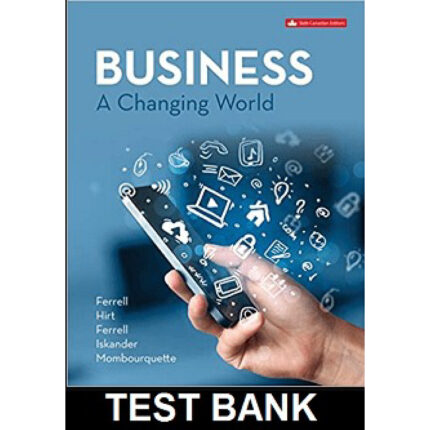
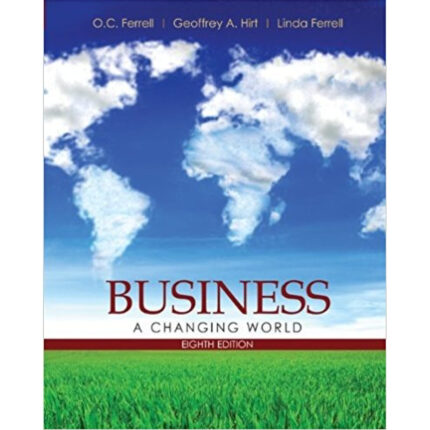
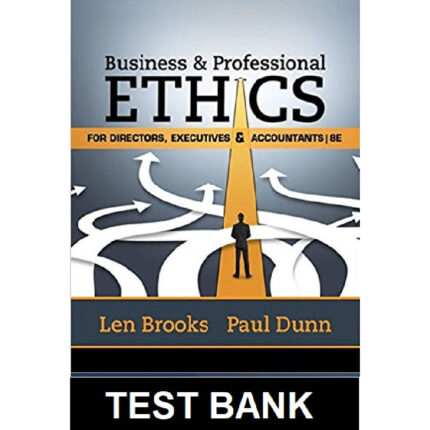

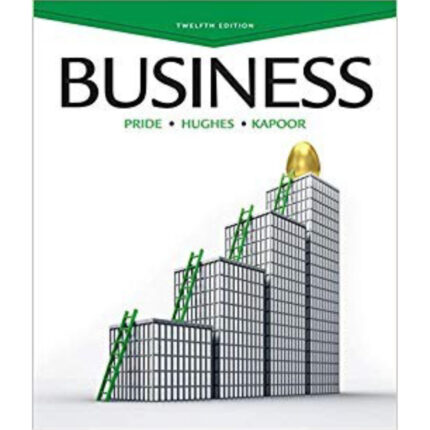

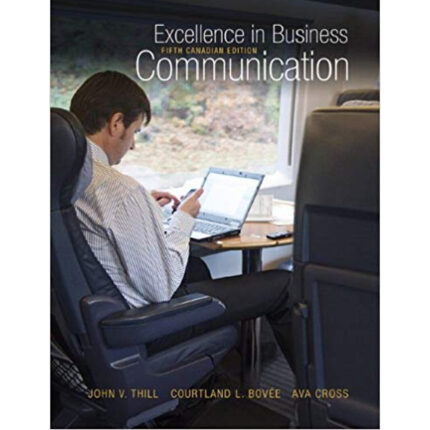
Reviews
There are no reviews yet.